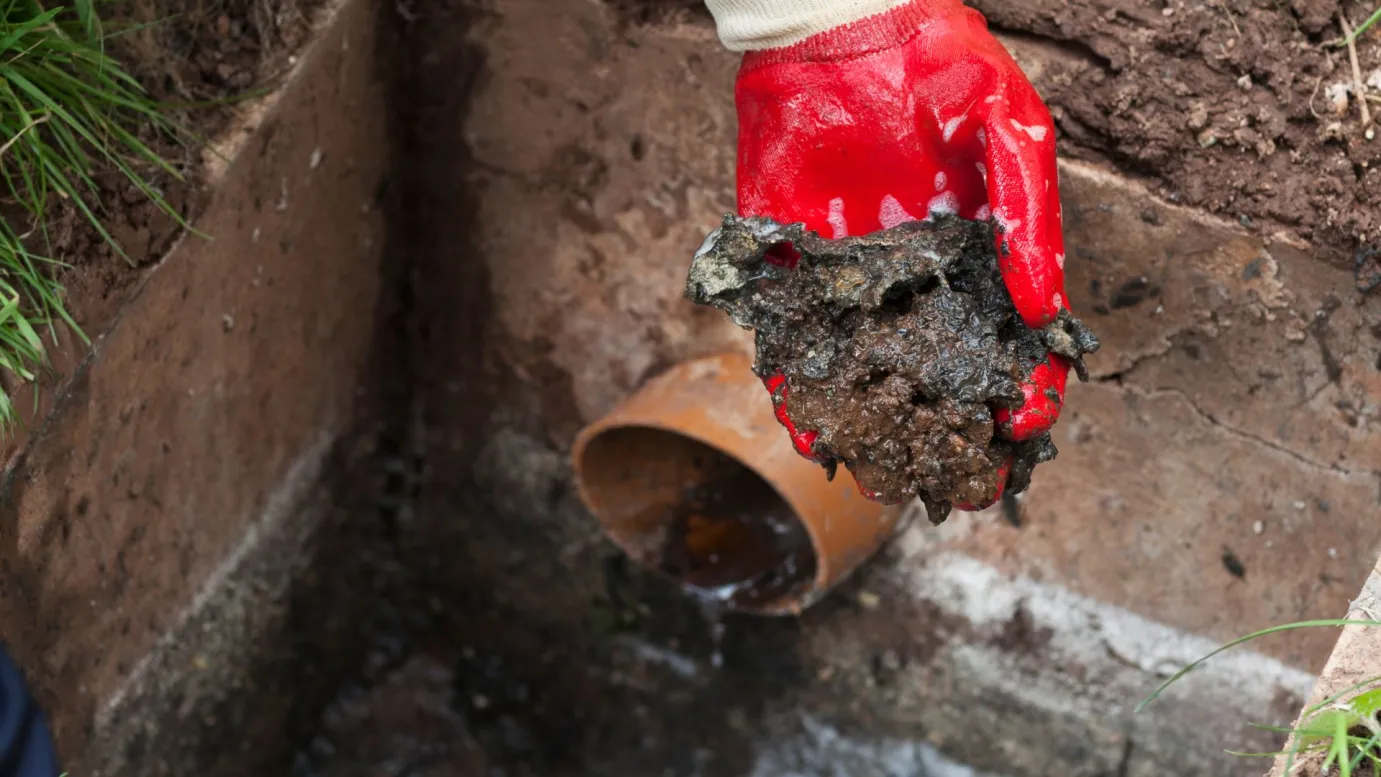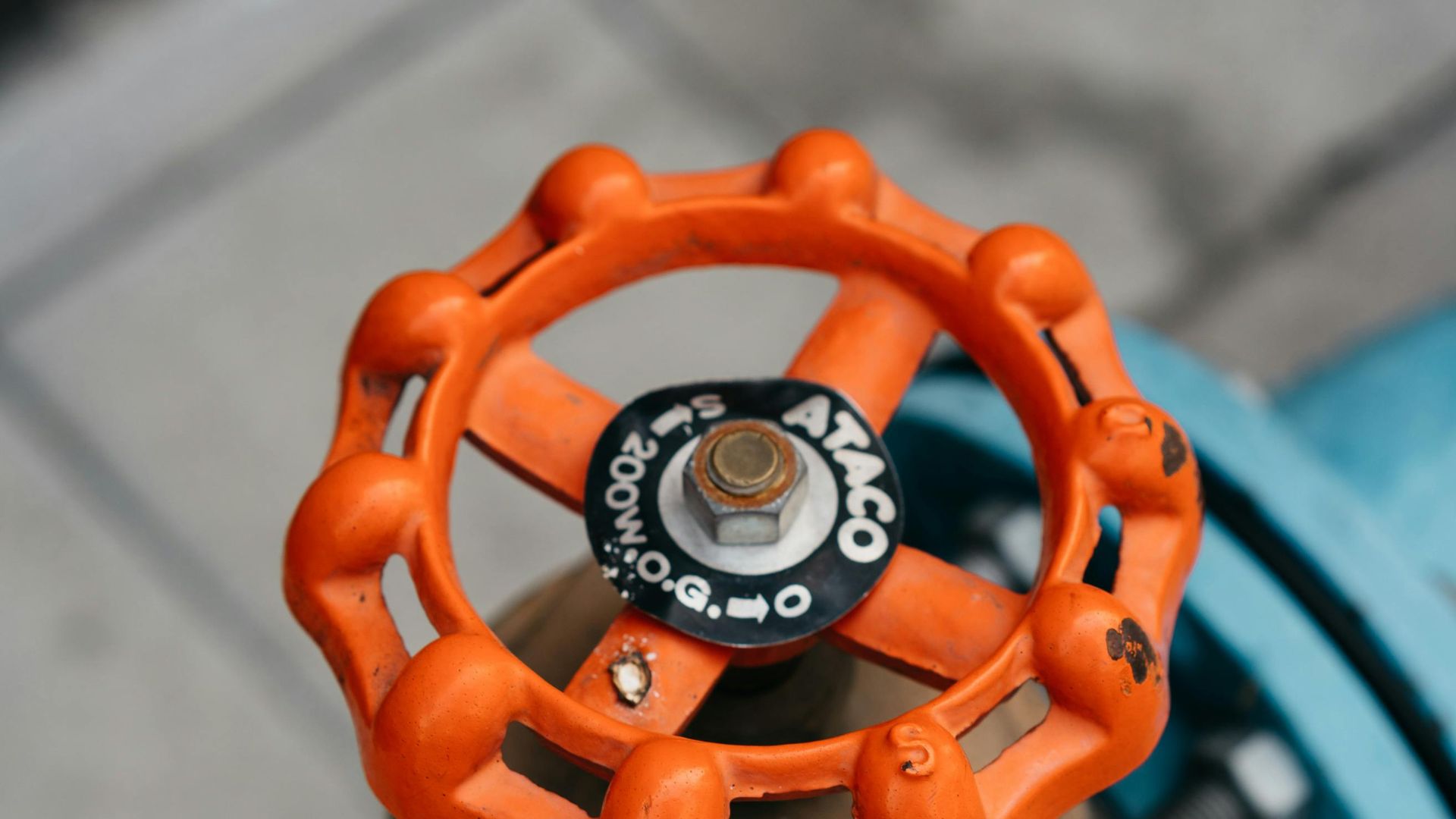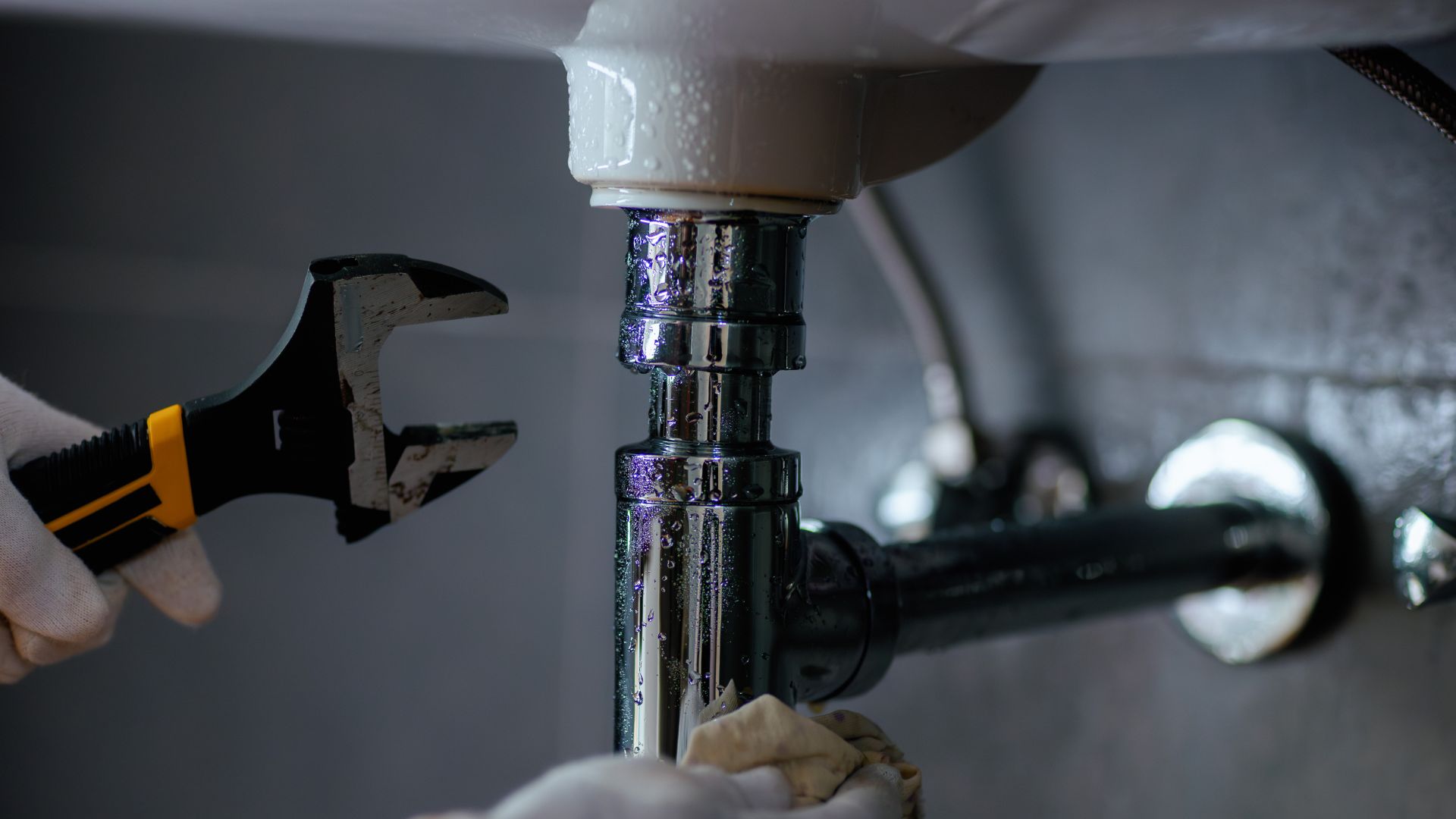Water pressure plays a vital role in every home’s plumbing. It directly affects how efficiently and effectively water-related tasks are carried out. From enjoying a shower to washing the dishes or tending to your garden, proper water pressure ensures a smooth flow.
Dive into the details with us as we unpack the essentials of measuring and adjusting water pressure for peak performance. Whether you’re dealing with high or low pressure, we’re here to guide you every step of the way.
What Is Water Pressure?
Think of water pressure as the power pushing water through your pipes, usually measured in pounds per square inch (psi). Having a pressure gauge on your system lets you keep an eye on things and catch any issues early. It’s an essential tool for keeping your water supply running smoothly.
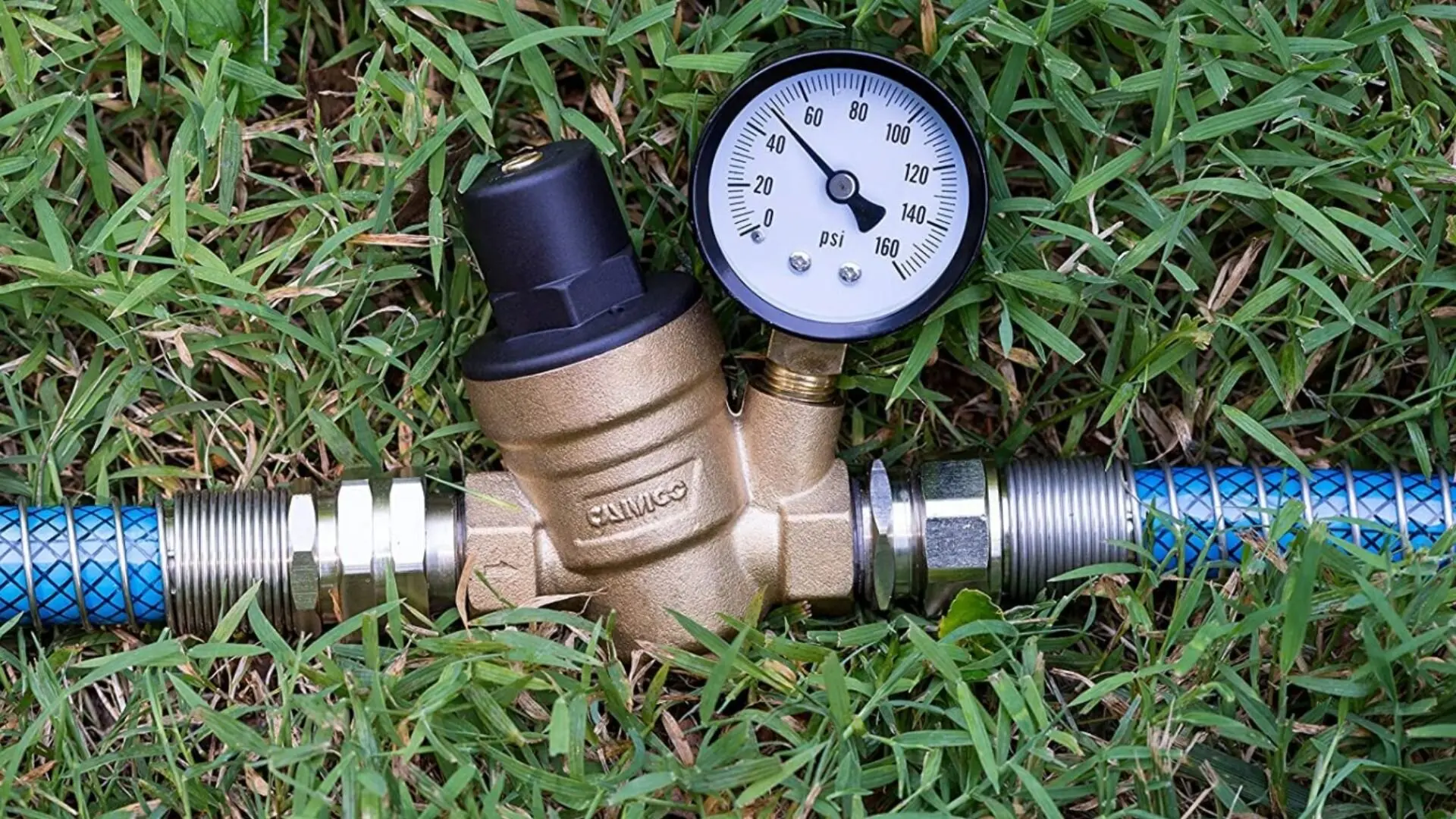
The municipal water supply is the primary source of water for most households. The incoming water pressure from the municipal supply can vary, and it’s essential to measure it using a water pressure gauge. Understanding your home’s water pressure is crucial to address leaks, dripping faucets, and low water flow.
In some cases, leaking pipes can reduce water pressure, affecting the overall efficiency of your plumbing system. Detecting and promptly addressing leaks can prevent further complications and maintain the proper functioning of your home’s water supply.
Before diving into any water pressure problems, you must know where your main shut-off valve is. This valve is your go-to for controlling water supply throughout the home, especially handy during emergencies or repairs.
What Is A Water Pressure Regulator?
The water pressure regulator, or pressure-reducing valve, plays a key role in managing water pressure. It tempers the pressure from the main supply to fit your plumbing’s needs, helping protect pipes, fixtures, and appliances from high pressure damage.
Several factors can cause low water pressure, such as clogged pipes, a faulty pressure regulator, or problems with the pressure tank. Identifying the root cause is vital to restore water flow to its optimal level.
Step-by-Step Guide: How to Measure Water Pressure (in psi) for Your Home
Measuring water pressure is a straightforward process that allows you to ensure your plumbing system operates at an optimal level. Pressure regulators are vital in moderating water pressure from the main supply to a safe and suitable level for your home. By measuring and adjusting water pressure, you ensure these regulators function optimally, avoiding potential damages or malfunctions.
Follow this step-by-step guide to obtain accurate psi readings and identify any potential issues with your water supply.
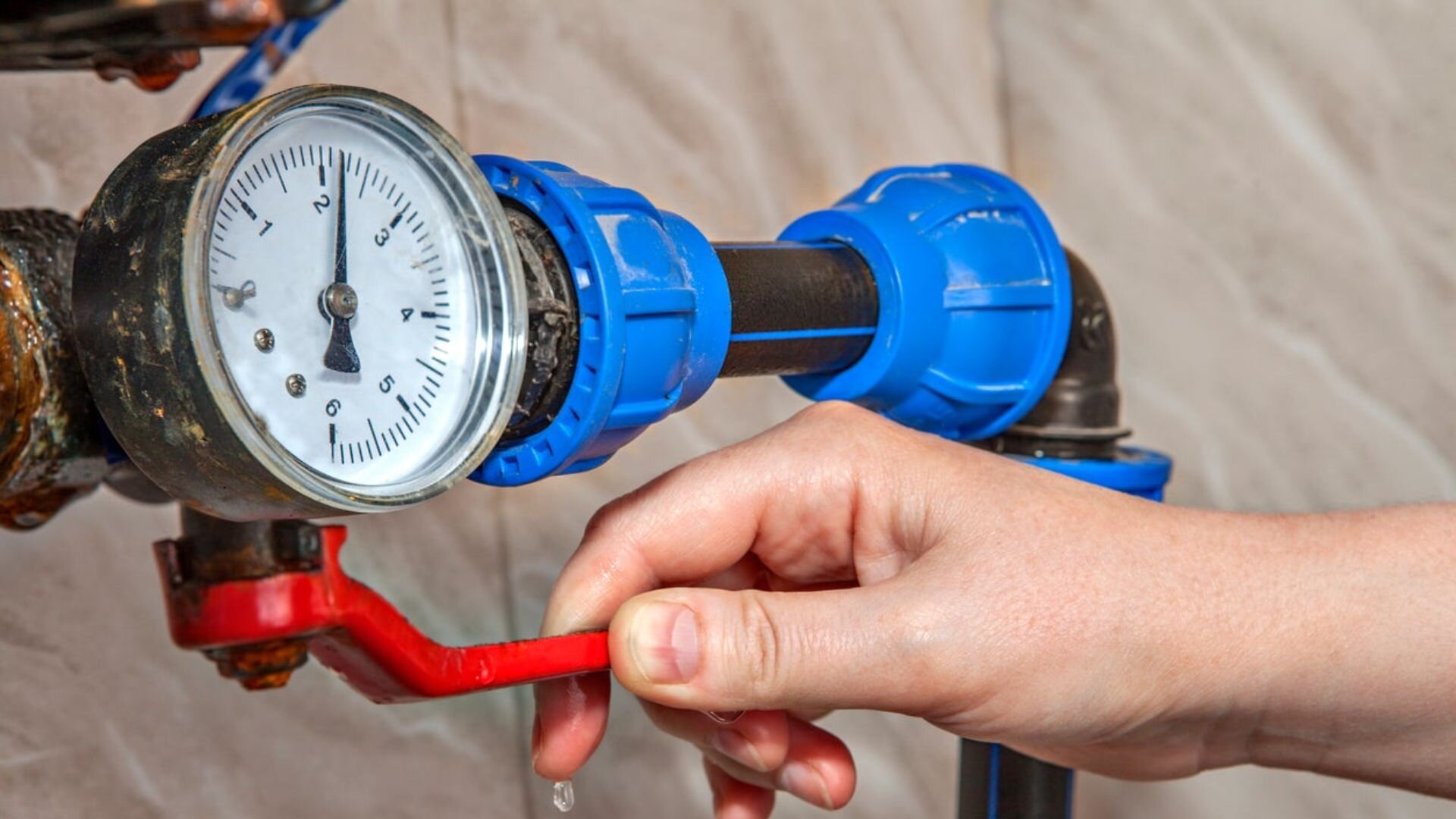
Step 1
Identify a suitable water source to which the water pressure gauge can be attached. Outdoor faucets or hose bibs are often the most accessible and convenient options for this purpose.
Step 2
Turn off the water sources before measuring the water pressure.
Step 3
Attach the water pressure gauge to the chosen water source.
Step 4
Turn on the faucet to allow water to flow through the gauge.
Step 5
Let the water run for a few seconds to stabilise the pressure.
Step 6
Record the reading in psi and take note of the reading for later reference.
Step 7
Repeat the process at different faucets throughout your house.
Step 8
Monitor your water pressure regularly to detect any changes or abnormalities. Regular checks can help you address potential issues before they escalate.
This step-by-step guide makes measuring your home’s water pressure a cinch so you can keep everything running smoothly. And if things are too high or low, remember to give your local plumber a shout.
Interpreting Water Pressure Readings: Understanding Your Plumbing System’s Performance
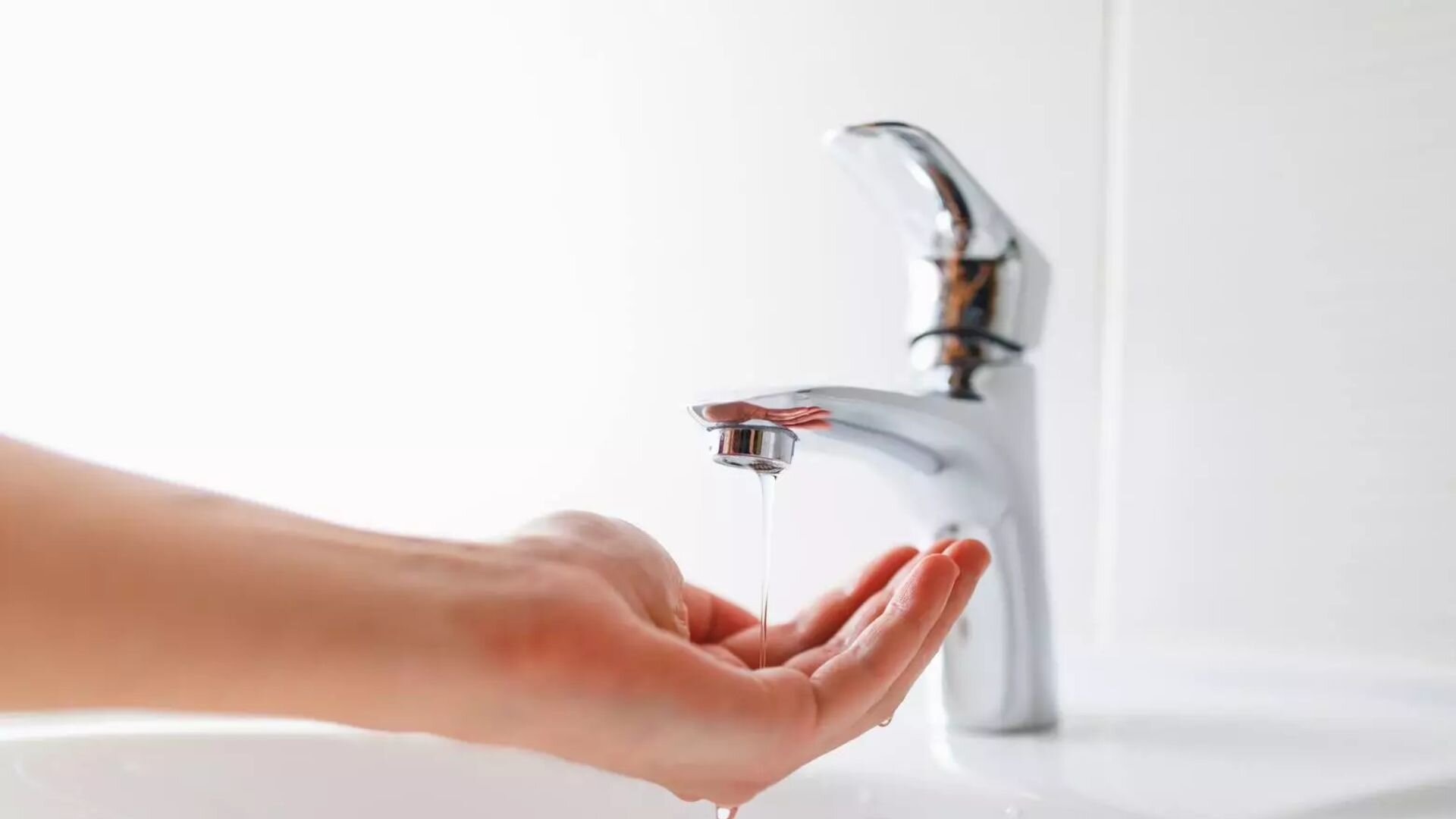
Interpreting the readings is crucial once you’ve measured your home’s water pressure using a pressure gauge. In most residential settings, the ideal water pressure ranges from 40 to 60 psi (pounds per square inch), ensuring efficient water flow while minimising strain on pipes, fixtures, and appliances. Readings below 40 psi indicate low water pressure, which can lead to various issues.
Conversely, readings above 60 psi indicate high water pressure, potentially causing leaks and bursts. If you consistently experience increased pressure, it’s essential to consider using a water pressure regulator to manage and reduce the pressure. A water pressure regulator can help maintain the pressure within the desired range, preventing any adverse effects on your plumbing system.
Additionally, fluctuating readings may indicate water pressure surges, which can stress pipes and lead to leaks. To identify discrepancies, check the pressure at various faucets and water-using appliances throughout your home. If you find it challenging to interpret the readings or notice abnormal patterns, seeking the expertise of a licensed plumber is advisable. A professional assessment can accurately identify any underlying issues and provide appropriate solutions, including installing a water pressure regulator, if needed, to maintain stable water pressure in your home.
Causes of High or Low Water Pressure: Identifying the Culprits Behind Fluctuations
Water pressure fluctuations can be a source of frustration for homeowners, affecting various water-related activities in the household. Understanding the potential causes of high and low water pressure is essential for effectively addressing these issues. Let’s explore the common factors behind plumbing systems’ high and low water pressure.
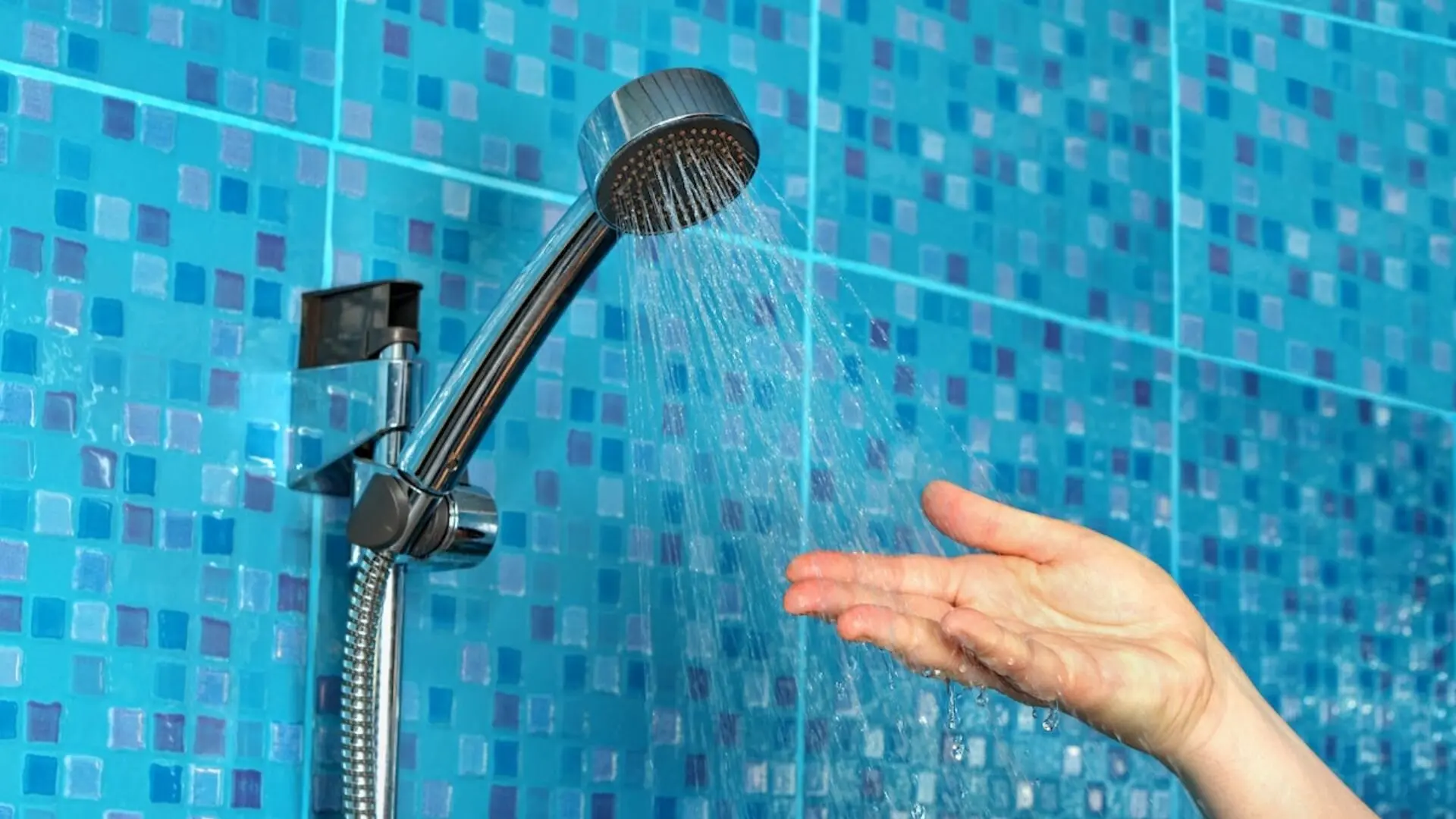
Causes Of High Water Pressure
- Faulty Pressure Regulator
- City Water Supply
- Closed Valve Malfunction
- Pressure Surges
- Nearby Water-Using Activities
Causes of Low Water Pressure
- Clogged Pipes
- Leaking Pipes
- Partially Closed Valves
- Water Source Issues
- Water Demand Surges
- Municipal Water Supply Problems
- Faulty Pressure Regulator
To address water pressure issues effectively, it’s essential to identify the specific cause behind the fluctuations. Regular maintenance, inspections, and the assistance of a licensed plumber can help diagnose and resolve high or low-water pressure problems.
Whether adjusting the pressure regulator, clearing clogged drains, or fixing leaks, taking prompt action will ensure a consistent and reliable water supply throughout your home.
Calling in the Professionals: When to Hire a Plumber for Your Plumbing Needs
While tackling some plumbing hiccups might be a DIY affair, there are times when you need to call in the pros. Understanding when it’s time to hire a plumber can spare you time, cash, and headaches.
It is often the wisest decision for your plumbing system and wallet to contact a professional plumber. This can include persistent leaks, problems in your water supply line, leaks where your main water line enters the home, consistently running water, plumbing installations, clogged drains, water heater issues, gas line problems, water pressure adjustments, and more! When you doubt your abilities or confidence, it’s time to call a plumber.
By hiring a professional plumber, you can have peace of mind knowing that your plumbing issues will be addressed efficiently and effectively. If you encounter any situations mentioned above or need expert plumbing assistance, don’t hesitate to contact us. Our team of skilled plumbers is ready to provide superior plumbing solutions and ensure the optimal functioning of your plumbing system.
Contact us now via email or phone, and let our licensed plumbers care for your plumbing needs. We are committed to delivering top-notch service, ensuring your plumbing system operates at its best, and providing you peace of mind. Experience the difference of expert care and achieve the optimal water pressure your home deserves!

